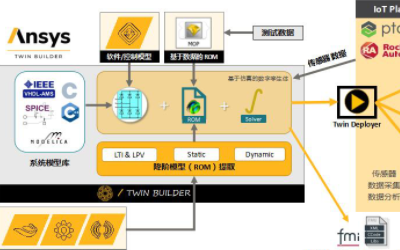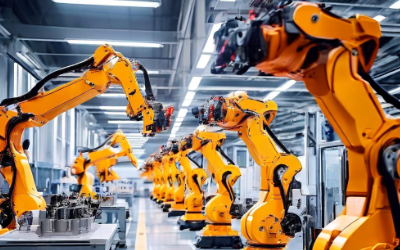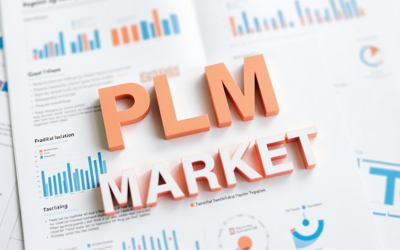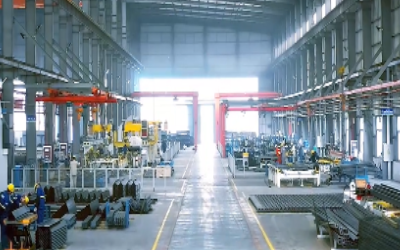Equipment manufacturers driving trade growth
In early July, a shipyard along the Yangtze River in Jiangyin, East China's Jiangsu province, was humming with the sounds of welding and hammering.
In one berth, work on an oil tanker was nearing completion, while a hospital ship was undergoing a major retrofit. A little distance away, dry docks were operating at full throttle.
CSSC Chengxi Shipyard Co, a subsidiary of China State Shipbuilding Corp, saw its export value surge by more than 28 percent year-on-year in the first five months. With orders lined up through 2028 and a growing appetite for high-tech vessels, this shipyard is powering full steam ahead.
"We are steering toward transformation," said Yang Haibo, the shipyard's assistant president. "Take the 41,800-ton self-unloading vessel we built last year; its value hit $96 million, triple that of a conventional bulk carrier. We just secured an overseas order to build a 44,000-ton self-discharger in May."
As global demand shifts, Yang said Chinese shipyards are embracing greener and smarter solutions to remain competitive, including ramping up investment in next-generation shipbuilding technologies.
Much like China's new energy vehicle, industrial robot and energy storage sectors, the shipbuilding industry exemplifies how domestic manufacturers are adopting innovation and green development to rise above the challenges posed by unilateralism and geoeconomic fragmentation.
In the process, they are playing a vital role in supporting the country's foreign trade and industrial upgrade.
As a high value-added sector, the equipment manufacturing industry has become a key driver of China's export restructuring.
The country's exports of equipment manufacturing products amounted to 6.22 trillion yuan ($853.3 billion) between January and May, up 9.2 percent year-on-year, accounting for 58.3 percent of the country's total exports, data from the General Administration of Customs showed.
Meanwhile, China's exports of electric vehicles grew by 19 percent year-on-year, construction machinery by 10.7 percent, ships by 18.9 percent and industrial robots by an impressive 55.4 percent.
Equipment manufacturing accounted for 73 percent of China's export growth in the first five months, with the contribution rising to 76.9 percent in May alone, providing strong support for the steady growth of foreign trade, said Lyu Daliang, director-general of the administration's department of statistics and analysis.
The ongoing upgrade of China's equipment manufacturing industry is not only fueling the growth of domestic manufacturers, but also delivering energy-efficient, high-tech and competitively priced products to its trading partners, said Chen Jianwei, a researcher at the University of International Business and Economics' Academy of China Open Economy Studies in Beijing.
This progress is accelerating the digital and green advancement of developed economies, while also supporting industrialization and urbanization in many developing and emerging markets, contributing to more balanced global development and long-term sustainability, said Chen.
Among the key drivers of this momentum, industrial robots have rapidly become a standout export category. These multijoint robotic arms and other advanced robotic systems are widely used in sectors such as automotives, electronics, chemicals and consumer goods.
As China's production capabilities in this field continue to advance, a growing number of industrial robots are being exported to markets such as Thailand, Germany, the United States and the United Arab Emirates — underscoring the global appeal of the nation's smart manufacturing solutions.
At AgileX Robotics, a robotic arm manufacturer in Dongguan, Guangdong province, workers were busy packing robotic arms in late June. This batch of products, designed for data collection, plays a key role in the development and training of humanoid robots, and has gained strong traction in overseas markets.
"We really can't ship fast enough and demand is overwhelming. Our exports this year are expected to rise by 70 to 80 percent compared with 2024," said Chen Peng, the company's marketing director.
Chen said that orders from overseas research institutions, particularly in the artificial intelligence field, are growing the fastest. These clients often require rapid delivery due to time-sensitive needs.








